Lovely, yet unassuming, the Lunds’ Ryan’s Slough Hill home off of Myrtle Avenue housed many wonders. Photos via the Humboldt Historian.
In the year 1853, the only way people had of getting to Arcata was by boat across the bay. By 1860 a road was built starting in Eureka around the bay and ending in Arcata. Now known as Myrtle Avenue, it was the only road connecting the two towns until 1920.
People traveling this road after 1915 — and even up until today — could not help but notice the large, beautiful house located at the bottom of Ryan’s Slough Hill, nestled in a likewise beautiful but small valley. (Ryan’s Slough Hill is just a short distance east past the Worthington School, on the outskirts of Eureka.)
When I was a very young boy I would pass by this place and marvel at the beautiful park-like yard, complete with a lake, bridge and pergola, miniature lighthouse, archway and carved figures that adorned this picturesque estate. I often wondered: Who could have created all this beauty? I was later to find out …
An overview of the Lunds’ “backyard” reveals the lusciousness of the estate.
In the year 1927, I was a young carpenter working for Halsby and Lax Contractors. They had a job building a two-story building on the southeast corner of Fifth and L streets in Eureka. The building permit issued October 21, 1927, was in the amount of $3,975. The owner of this building was Herman A. Lund, known to most of his friends as Harry. A sign painter and artist, this building was to be his studio and workshop with his residence located upstairs. Lund came to see our progress with his building almost every day, so I got to know him by sight. Upon investigation I found this same Mr. Lund had been owner, designer and builder of the beautiful estate at the bottom of Ryan Slough Hill.
Herman Alfred Lund was born in 1859 in Petrograd, Russia, of Finnish parents. He attended school in Turku (Abo), Finland, where he learned the trade of sign painting. He came to San Francisco in 1881 as a sailor on the ship Young America. He married a young Finnish girl, Aurora, in 1882, and they came to Eureka in 1883. He loved this part of the country and decided to make his home here, opening a small sign shop in Vance Alley downtown.
On Jan. 2,1891, when he was 32 years old, he and his wife had a baby girl named Marcella Neva, after the Neva River in Russia. The same year, Lund purchased a lot on the northwest corner of Seventh Street and Myrtle Avenue for $650. Here he built an elaborate, two-story home, proof that he had prospered in his trade as sign painter during the relatively brief period of time he had been here.
It is thought that Lund was influenced in his design by the house across from the Carson Mansion, The Pink Lady, and indeed there is a similarity in the stairway and other architectural features. Lund could in no way duplicate the elegance of the Carson home, but he did manage to create a beautiful house on a smaller scale on Seventh Street.
The Lund house featured a life-sized wood carving of a woman’s head with a smiling face, presumed to be of his wife, mounted in the front gable of the house. Over each window on the first floor, outside, were smaller carvings of the Empress Josephine wearing a Spanish mantilla. In one of the arches of the front porch stood a carving of Napolean, complete with his familiar tri-cornered hat. These carvings, all done by Lund, were finished in gold leaf, an art which is nearly lost today.
Inside the house stood the front staircase which was also elaborately carved by Lund. On the walls were stencils and plaster castings of the “Rampant Lion,” double-headed eagle of the House of Romanoff (czars of Russia) and the French fleur-de-lis. Also featured were Napolean’s laurel wreath of victory, some 10 inches in diameter, complete with a rampant lion on a rectangular shield, and a side view of Napolean on a circular background. All was covered in gold leaf done by Lund, an artist who never lost his affection for the czars of Russia and the affluent life they led.
During the year 1900, Lund lost this beautiful home due to a bank failure. Here are a few of the details:
In January 1892, Alpheus W. Randall made his way to Eureka, where he opened a new bank in the Carson Building on Third and F streets (the entrance is on F Street next to the entrance of the Ingomar Theatre). There were some very prominent local men involved in this bank, including John Vance, David Evans and J.M. Sass. Within a few years this new bank had gained a fair proportion of the patronage of the public. However, by Jan. 11, 1900, the tune had changed; the Randall Bank had fallen to its knees due to mismanagement.
Randall and his associates were subject to suit and scorn. There were foreclosure proceedings and many people were hurt in the long, drawn-out events to follow. Victims included Mr. Herman Lund and his wife, who suffered the loss of their beautiful home at 1645 Seventh Street. This beautiful house was converted to apartments by new owners and rented out to various families until the year 1960 when it was torn down. The land now stands vacant. [UPDATE, 2024: This seems to be the site of the new Laurel Canyon Apartments, a senior housing complex.]
The Lunds moved back downtown, off of G Street in the Vance Alley into his sign shop (there were several businesses housed in this alley). Nearly every business in Eureka of the 1890s and up to the 1930s engaged his services, and a few of his signs remain standing today.
Herman Lund, an aeeomplished sailor, eould be seen boating in Humboldt Bay on his own vessel, Marcella.
Lund was a member of the Humboldt Yacht Club. He owned a trim boat on Humboldt Bay named Marcella for his daughter. He would often sail this boat up to North Bay, up Eureka Slough, then up Ryan’s Slough to his home. He had been a sailor as a young man and loved sailing ships. He made several models of sailing ships, one of which, Old Ironsides, he gave to the Eureka Elks Lodge where he was a member (this model was in the Elks Lodge Hall for many years). He made a model of Pierre La Grande, a ship in which Peter the Great, Czar of all Russia, made a trip in 1712 to visit all the rulers of Europe.
Lund also built a model of the ship Young America, in which he sailed to San Francisco in 1881. The fastest clipper ship on the seas in its day, it went down in the Atlantic Ocean in 1886. These models were carved to scale and correct to the finest detail, even with sailors on board.
Among the model ships built by Lund was that of Pierre la Grande, the vessel in which the Czar of Russia, Peter the Great, toured around the world in 1712.
Mrs. Lund had been suffering with tuberculosis for a year when, in 1908. the couple and their daughter made a visit to Mrs. Lund’s family home in Finland in hopes it might help her. They sailed on the R.M.S. Caronia. While on board this ship, Lund wrote to the editor of the Humboldt Standard newspaper, describing their train ride across the states, life on board ship, and the trouble he had getting a visa. His letter was printed in the July 8, 1908, issue of the newspaper.
Soon after her return, Mrs. Lund was forced to bed and never regained her health. Aurora died Dec. 28, 1910, at the age of 41 years.
The lush and fanciful backyard lake sported a faux “Arc de Triomphe” featuring busts of Abraham Lincoln and George Washington.
A miniature lighthouse in the middle of the lake was a favorite of the children.
On June 24, 1914, Herman Lund purchased a little over five acres of land
from Charles W. Hall, property which
commenced from Hall Avenue, thence
east to the bottom of Ryan’s Slough
Hill. This parcel contained several good
springs of water, which he used for both
a water supply and to create a small,
beautiful lake at the lower end of his
property.
He built a spacious, two-story home, facing east and overlooking the flatlands of the Eureka Slough and Freshwater. A fireplace along with the kitchen stove provided the heat for this home, and an arbor graced the front along with a balcony over the entrance. The exterior is stucco and the style is very similar to the home located at 2200 D St., built by the same builder, Dennis Simpson.
On his lake he built a pergola, an arched bridge, and a miniature lighthouse along with a Viking boat which could be rowed around. An elaborate paneled archway similar to the Arc de Triomphe in Paris, complete with carved busts of George Washington and Abraham Lincoln set in a recess on each side, was an added attraction. All of these were designed and decorated with carvings by Lund, which could be viewed even at night thanks to special lighting. Unfortunately, all are gone today.
Herman Lund and his new wife Petra spent 12 years building up this beautiful home and estate. When he reached 67 years old, he grew tired of the work of keeping up this place. He thought he would like to retire in the “old country,” so the couple put their beautiful estate up for sale. With much regret they sold this Ryan’s Slough home to Joseph and Margaret Mabry on Sept. 28, 1926.
The Lunds did make a trip back to Europe and Russia, but things had changed; it was not like they thought it would be. They eventually came back to the good old United States with Eureka as their final destination.
A year later they built a new studio and residence at 503 L St. where they lived for three years. Mr. Lund was not happy with this place and they soon sold the home to Mr. and Mrs. Amador Rossi in August 1929.
On Sept. 28, 1930, Lund took out a building permit for a new house to be built at 1518 H Street, Eureka, by a contractor, Frank Johnson. When it was completed, the Lunds moved to 1518 H Street, where they lived for a few years. Mr. Lund eventually became ill and checked into a hospital in Ukiah. Mrs. Lund moved to San Pedro, California, to be near some relatives.
An article appeared in the Humboldt Times on July 31, 1938, stating that Mr. Herman A. Lund, after a long illness, had died July 29, 1938, at the age of 79. His body was brought to Eureka.
The pallbearers were Mr. John Halsby. Axel Anderson, Leland Morgan, J. Weimars, G.Y. Henderson and J.N. Henderson. He was buried at the Ocean View Cemetery, beside his first wife and daughter in Lot #5, Block #86. Their grave markers have been removed.
So ended the life of a fantastic man.
###
POSTSCRIPT: Through friends I found that Mrs. Martha Eley now owns and lives in the beautiful home at the bottom of Ryan’s Slough Hill and has been there since 1946. She has spent a great deal of time during her 46-year residency searching for information about the first owner and builder of her home. She has accumulated vast amount of information and pictures about this man and his life, much of which was used for this manuscript.
I recently met Mrs. Shirley (Anderson) Butler who, as a child, visited the Lunds many times at their Ryan’s Slough home. She has many fond memories of the good times she had with them and told how Mr. Lund liked to play Santa for the kids. She, too, had many pictures of the Lunds and their lovely home, information which she shared in this story.
I recently wrote to Mrs. Helen (Halsby) James who, as a child, lived across the road and on the hill just above the Lund home. She and her twin sisters visited the Lunds many times and she recalls the many good times, the candy and cookies they gave to visiting children. She also recalls playing with “Michailovitch,” Lund’s Russian wolfhound.
###
The story above was originally printed in the January-February 1993 issue of the Humboldt Historian, a journal of the Humboldt County Historical Society. It is reprinted here with permission. The Humboldt County Historical Society is a nonprofit organization devoted to archiving, preserving and sharing Humboldt County’s rich history. You can become a member and receive a year’s worth of new issues of The Humboldt Historian at this link.

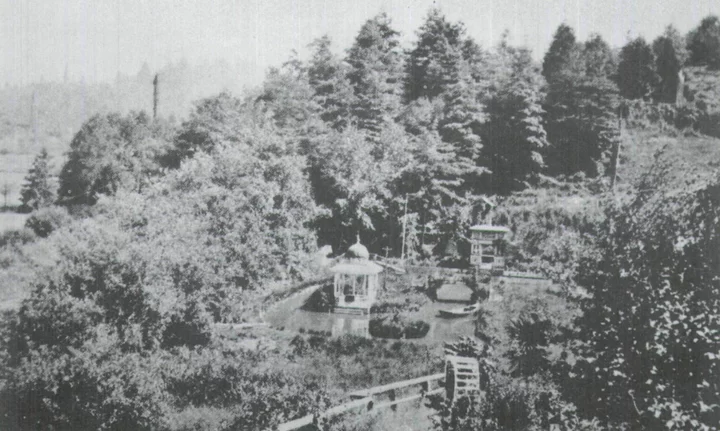
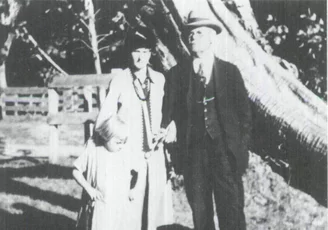
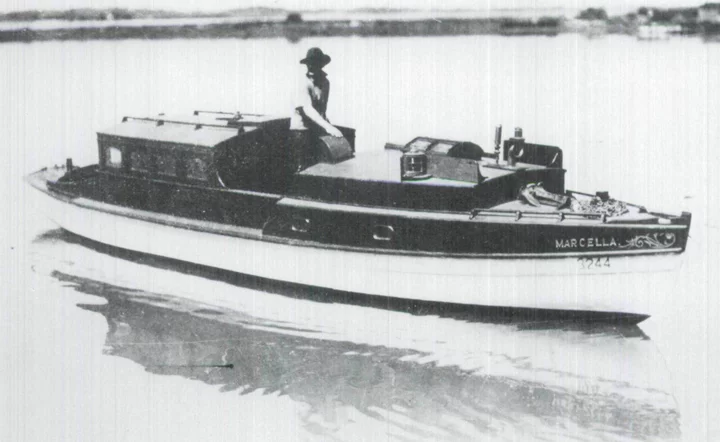
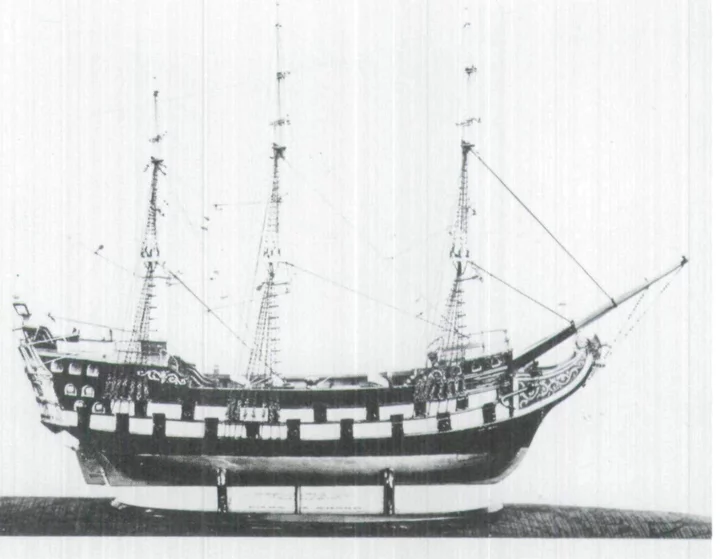
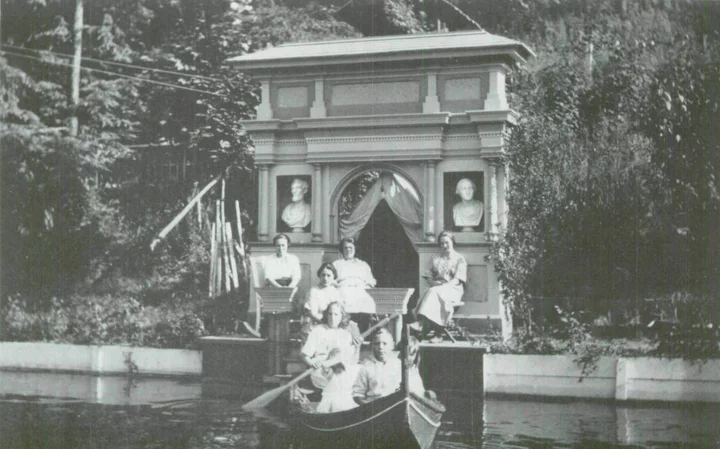

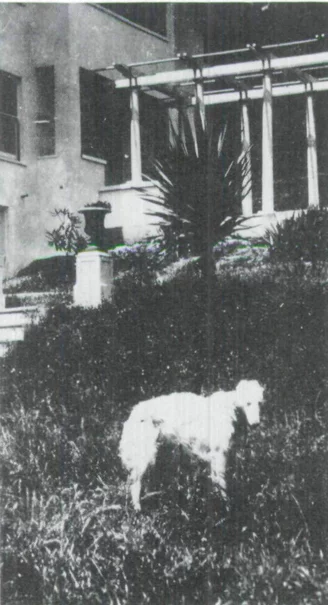
CLICK TO MANAGE